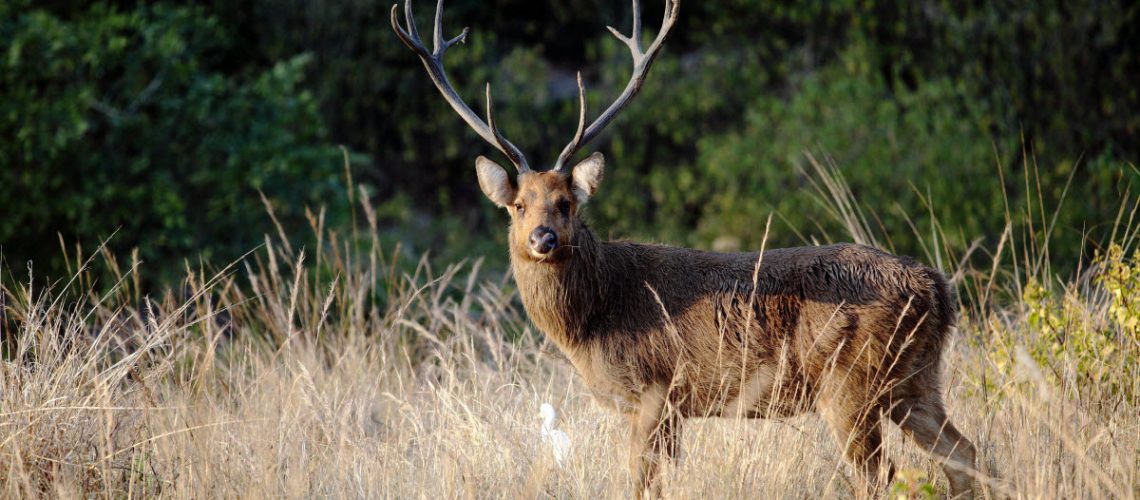Eastern swamp deer
2022 JAN 20
Preliminary >
Environment and Ecology > Species extinction & protection > Species in news

Why in news?
- The population of the vulnerable eastern swamp deer, extinct elsewhere in South Asia, has dipped in the Kaziranga National Park and Tiger Reserve. This decline can be attributed to two high floods in 2019 and 2020.
- Its population is crucial for the ecological health of the tiger reserve.
- The encouraging sign is the animal has now moved to other areas such as Orang National Park and Laokhowa-Burachapori wildlife sanctuaries.
About swamp deer:
- There are three subspecies of swamp deer found in the Indian subcontinent.
- The western swamp deer found in Nepal. It is adapted to the flooded tall grassland habitat in the Indo-Gangetic plain
- Southern swamp deer/Hard Ground Barasingha found in central and north India.
- Eastern swamp deer found in the Kaziranga (Assam) and Dudhwa National Parks (Uttar Pradesh).
- It has been extirpated in Pakistan and Bangladesh, and its presence is uncertain in Bhutan.
- The swamp deer differs from all other Indian deer species in that the antlers carry more than three tines. Because of this distinctive character it is designated ‘Barahsingha’, meaning "twelve-horned" in Hindustani. Mature stags usually have 10 to 14 tines.
Protection Status:
- IUCN Red List: Vulnerable
- CITES: Appendix I
- Wildlife Protection Act, 1972: Schedule I.
PRACTICE QUESTION:
With reference to ‘swamp deer’, consider the following statements:
1. They are endemic to Himalayas
2. They are threatened by poaching for antlers and meat.
3. They are included under Schedule I of the Wildlife Protection Act of 1972
Which of the pairs given above is/are correct?
(a) 1 only
(b) 2 and 3 only
(c) 1 and 3 only
(d) 1,2 and 3
Answer
